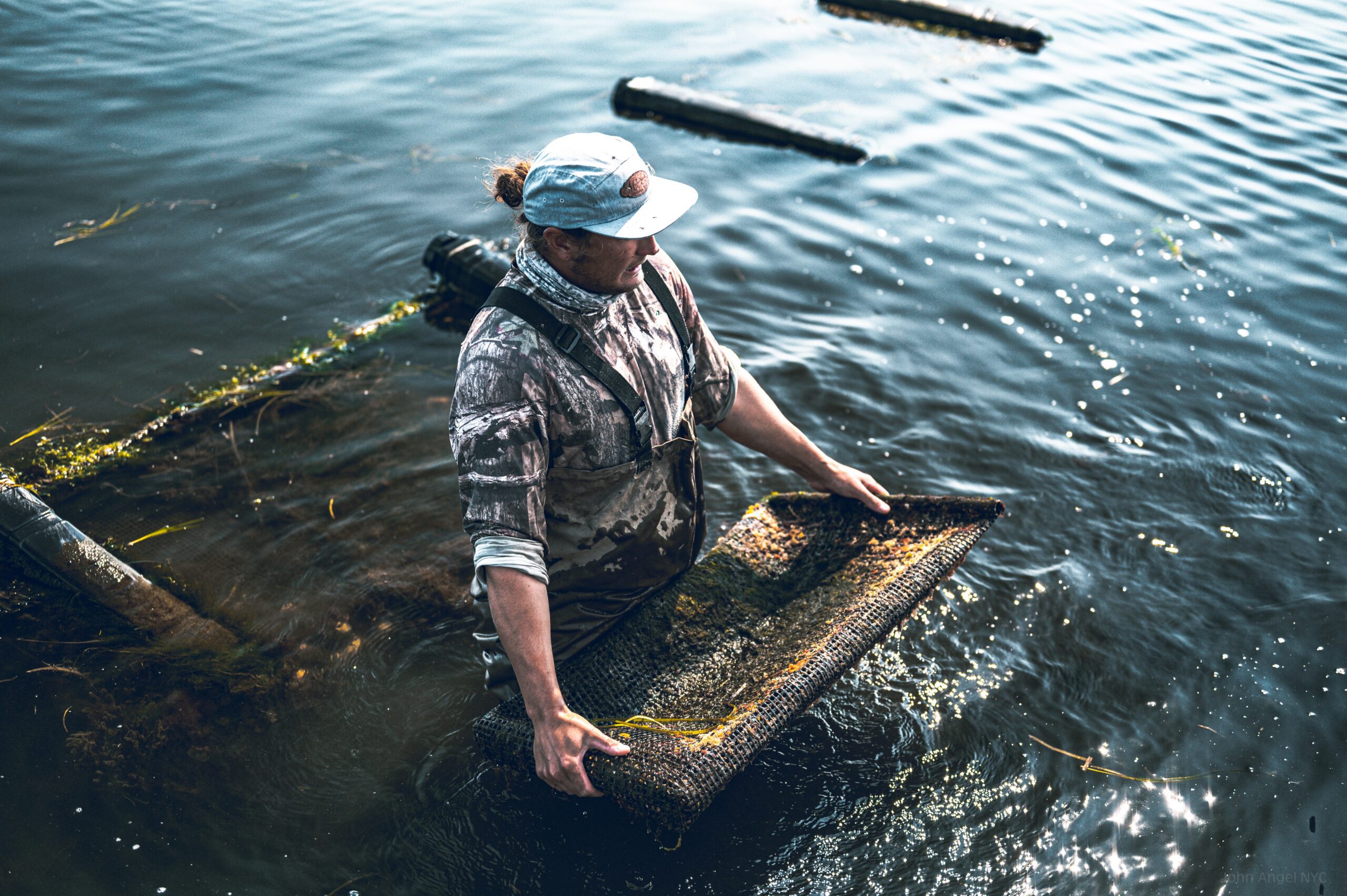The coastal areas of the U.S. used to be a treasure trove of bivalve mollusks like oysters and clams. In addition to being a delicious summer delicacy, oysters play a vital role in marine ecosystems. When naturally clustering in reefs, they help clean the water and prevent coastal erosion. However, the reef populations are dangerously low due to caustic overfishing practices.
Of the oyster reefs recorded in Georgia in the 1890s, only 8% still exist today, and globally, an estimated 85% of reefs have disappeared. These practices are primarily due to human interruption and overfishing. A recent study by Nature Communications has shown that fishing practices were not always detrimental to oyster populations. Before Europeans arrived, Indigenous people were engaged in harvesting practices for thousands of years that helped the reefs thrive.
“Until recently, many scientists perceived Indigenous people as having a very ‘light’ footprint on their landscape and, living in such small communities, that they had minimal impact on their environment,” says Leslie Reeder-Myers, assistant professor of anthropology at Temple and co-author of the study. “Their light footprint, even if it existed, wasn’t due to population numbers but to landscape management practices.”
The discovery was made based on studying a series of “mounds” or burial sites where Native populations would discard the empty oyster shells. Smaller shells indicated more stress on the reefs. The prevailing assumption was that the shell size would decrease as time passed, but at most sites, the shells’ size increased. The Native populations not only sustained the oyster populations but actively contributed to the long-term health of the reefs.
The mounds also gave clues to Native nations’ methods to conserve the reefs and help them flourish. Harvesters often only pick the mature oysters, leaving the younger ones to grow and reproduce.
According to Elizabeth Reitz, a zoologist for the University of Georgia, Native people would also employ techniques like clearing away the dead oysters so that live ones could grow in their place and discouraging predators from feeding on the reefs.
The long-held belief was that the mounds were simply middens or trash heaps. The new studies demonstrate that they were considerably more complex, engineered spaces often used in religious rituals or burial grounds for their dead. Turner Hunt, a co-author of the Nature Communications paper and historic preservation officer of the Muskogee Nation, emphasizes how important the oyster reefs were to their culture. “This is what (Muscogean ancestors) lived and thrived off of.”
The Muskogee Nation originally lived in the Southeast before being forced from their homes. The nation currently resides in Oklahoma, yet they still see the conservation traditions as an essential part of their heritage. In an email, Hunt and fellow Muskogee Nation citizen RaeLynn Butler said, “our culture provides us a unique and valuable way to view conservation. These places don’t just represent biological diversity or a food resource, they represent culture and lifeways of our forbearers.”





